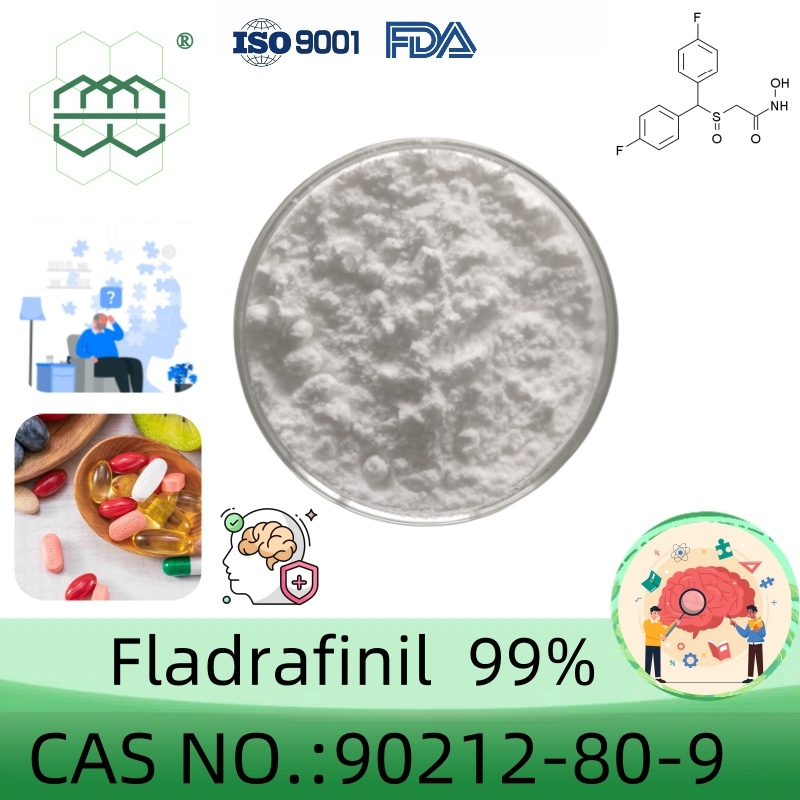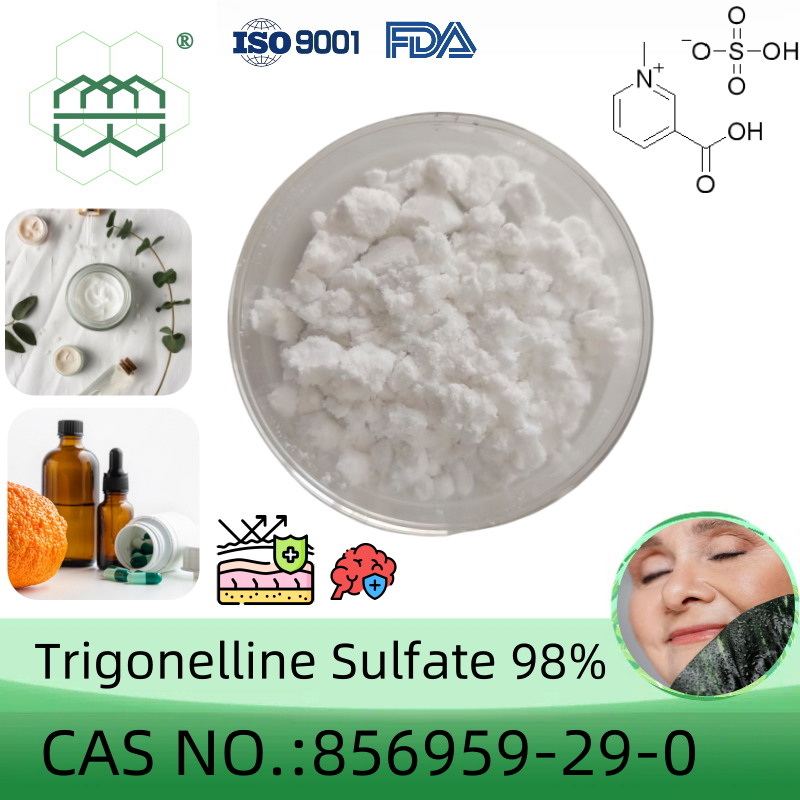-
Categories
-
Pharmaceutical Intermediates
-
Active Pharmaceutical Ingredients
-
Food Additives
- Industrial Coatings
- Agrochemicals
- Dyes and Pigments
- Surfactant
- Flavors and Fragrances
- Chemical Reagents
- Catalyst and Auxiliary
- Natural Products
- Inorganic Chemistry
-
Organic Chemistry
-
Biochemical Engineering
- Analytical Chemistry
-
Cosmetic Ingredient
- Water Treatment Chemical
-
Pharmaceutical Intermediates
Promotion
ECHEMI Mall
Wholesale
Weekly Price
Exhibition
News
-
Trade Service
.
Because carbonated beverages are rich in carbon dioxide, they can take away body heat in the hot summer and play a role in cooling down
.
1.
Scientific purchase of carbonated beverages.
Carbonated beverages are divided into juice type, fruit flavor type, cola type and other types.
The national standard "Carbonated Beverages (Soda)" (GB/T10792-2008) stipulates juice type carbonated beverages.
The juice content must be greater than 2.
5%, and the carbon dioxide capacity (20°C) must not be less than 1.
5 times
.
Once a carbonated drink is opened, carbon dioxide will escape and affect the taste of the drink.
Consumers should choose packaging products of different specifications according to their needs
.
2.
Carbonated beverages cannot be frozen.
After freezing, the solubility of carbon dioxide in carbonated beverages in water decreases, which will cause a large amount of gas to precipitate out of the water and cause excessive pressure on the container
.
Airtight containers will deform first, which may cause explosion and danger
.
3.
Carbonated beverages should not be over-drinked.
Children and teenagers are one of the main consumer groups of carbonated beverages
.
Since carbonated drinks generally contain about 10% of sugar and have high calories, regular drinking can easily cause obesity and affect the growth and development of adolescents
.
Therefore, we must not overly prefer carbonated beverages, especially for young people in the developmental stage, drink carbonated beverages as little as possible
.







